March 9 stands as one of history’s most eventful days, witnessing the rise and fall of empires, groundbreaking discoveries, and moments that shaped our modern world across centuries of human achievement.
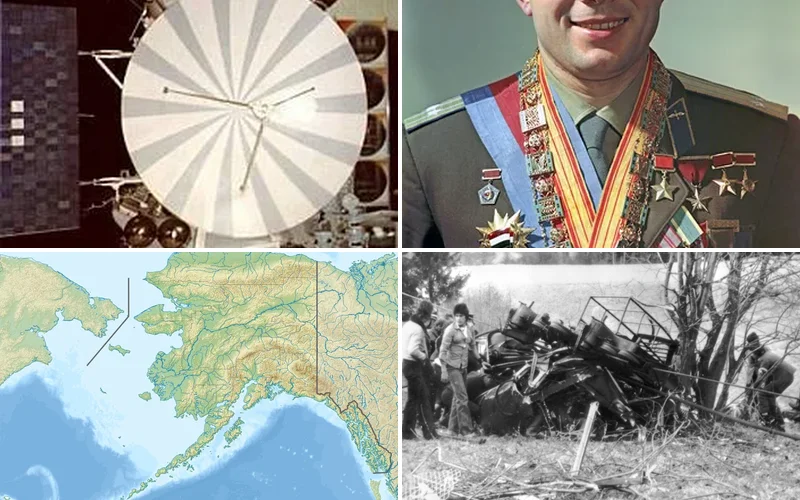
Politics and Government Events on March 9
1933 – Great Depression: Roosevelt Submits Emergency Banking Act
President Franklin D. Roosevelt submitted the Emergency Banking Act to Congress as the first major New Deal policy. This decisive action marked the beginning of comprehensive federal intervention in the economic crisis.
The legislation represented a fundamental shift in American governance philosophy. Roosevelt’s bold approach would transform the relationship between government and citizens during the nation’s darkest economic hour.
1945 – Japanese Coup in French Indochina
Japanese forces executed a decisive coup d’état in French Indochina, removing French colonial administrators from power. This strategic move consolidated Japanese control over the region during the final months of World War II.
The coup effectively ended decades of French colonial rule in the territory. Local populations witnessed a dramatic shift in occupation forces that would reshape the region’s political landscape.
1956 – Soviet Forces Suppress Georgian Demonstrations
Soviet military units brutally suppressed mass demonstrations in the Georgian SSR following public reaction to Khrushchev’s de-Stalinization policies. Georgian citizens had protested against the denunciation of Stalin, their native son.
The violent crackdown demonstrated Moscow’s determination to maintain control despite political reforms. These events foreshadowed future tensions between Soviet republics and central authority.
1961 – Sputnik 9 Demonstrates Human Spaceflight Readiness
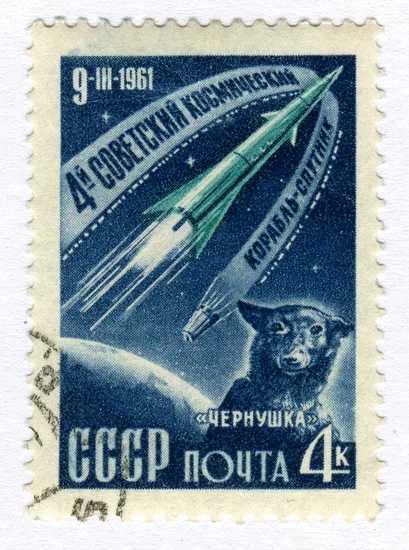
The Soviet Union successfully launched Sputnik 9 carrying a dog and human dummy, proving their readiness for human spaceflight. This critical test validated life support systems and spacecraft safety protocols.
The mission represented the final major milestone before Yuri Gagarin’s historic flight. Soviet engineers had systematically conquered each technical challenge required for human space exploration.
2020 – Italy Announces World’s First COVID-19 Lockdown
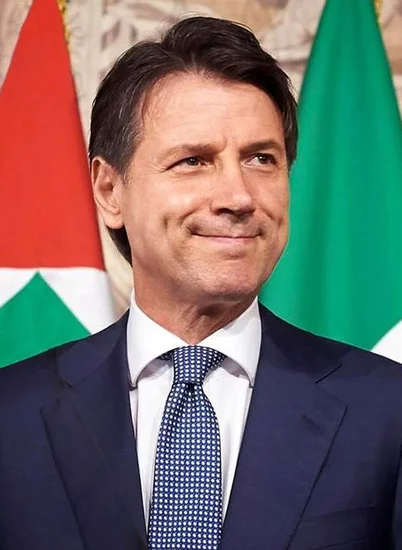
Prime Minister Giuseppe Conte announced Italy’s nationwide COVID-19 lockdown in a televised address, implementing the world’s first complete national quarantine. This unprecedented decision affected 60 million Italian citizens.
The dramatic measure established a global precedent for pandemic response strategies. Nations worldwide would soon adopt similar lockdown policies to combat the spreading coronavirus.
Military and Naval History on March 9
1916 – Pancho Villa Raids Columbus, New Mexico
Mexican revolutionary leader Pancho Villa led nearly 500 raiders in a devastating attack against Columbus, New Mexico. The bold cross-border assault killed American civilians and soldiers in their own territory.
This brazen attack prompted the United States to launch the Punitive Expedition into Mexico. The raid demonstrated how Mexican Revolution violence could directly threaten American soil and citizens.
1942 – Dutch East Indies Surrenders to Japan
Dutch colonial forces unconditionally surrendered to Japanese forces in Kalijati, Subang, West Java, completing Japan’s conquest of the Dutch East Indies. This strategic victory gave Japan control over vital oil resources.
The surrender marked the end of centuries of Dutch colonial rule in the region. Japanese forces had systematically conquered the archipelago in a lightning campaign that shocked Western powers.
1945 – Allied Firebombing of Tokyo
Allied forces conducted the most devastating bombing raid of World War II, destroying most of Tokyo and killing over 100,000 civilians. The massive firebombing operation exceeded even the atomic bombings in immediate casualties.
The attack demonstrated the Allies’ commitment to total war against Japan. American bombers created a firestorm that consumed entire neighborhoods in the Japanese capital.
1944 – Soviet Planes Attack Tallinn
Soviet Army aircraft launched major bombing raids against Tallinn, Estonia, as part of the broader Eastern Front campaign. The attacks targeted German defensive positions and infrastructure in the occupied Baltic city.
These raids signaled the beginning of Soviet efforts to reclaim the Baltic states. Estonian civilians experienced the violence of competing occupying forces fighting for control of their homeland.
Science and Discovery Milestones on March 9
1957 – Massive Aleutian Islands Earthquake

The devastating 8.6 magnitude Andreanof Islands earthquake struck the Aleutian Islands, causing over $5 million in damage through ground movement and tsunamis. This powerful seismic event ranked among the strongest earthquakes in recorded history.
The earthquake generated destructive tsunami waves that traveled across the Pacific Ocean. Scientific instruments recorded valuable data about seismic activity in this geologically active region.
1960 – First Permanent Hemodialysis Shunt Implanted
Dr. Belding Hibbard Scribner implanted his revolutionary shunt invention into a patient for the first time, enabling regular hemodialysis treatments. This breakthrough transformed kidney disease from a death sentence into a manageable condition.
The Scribner shunt allowed patients to receive life-saving dialysis treatments repeatedly. Thousands of people with kidney failure would benefit from this medical innovation.
1997 – Comet Hale-Bopp Visible During Solar Eclipse
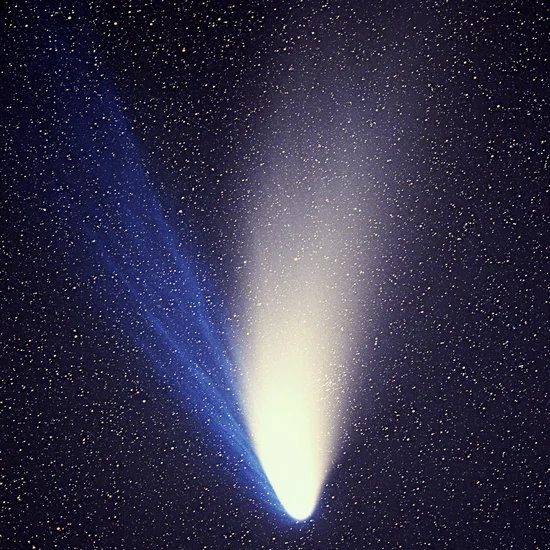
Observers in China, Mongolia, and eastern Siberia witnessed the extraordinary sight of Comet Hale-Bopp during a solar eclipse. This rare celestial double feature allowed daytime viewing of the brilliant comet.
The eclipse darkened skies sufficiently to reveal the comet’s spectacular tail. Astronomers and the public enjoyed this once-in-a-lifetime astronomical phenomenon.
2022 – Space Shuttle Discovery’s Final Landing

Space Shuttle Discovery completed its final mission after 39 flights, ending an era of American space exploration. The veteran spacecraft had served NASA for decades in various scientific and construction missions.
Discovery’s retirement marked the conclusion of the Space Shuttle program’s most successful vehicle. The orbiter had contributed to International Space Station construction and numerous scientific discoveries.
Cultural and Arts Events on March 9
1959 – Barbie Doll Debuts at American International Toy Fair
The iconic Barbie doll made its revolutionary debut at the American International Toy Fair in New York. Creator Ruth Handler introduced this adult-figured doll that would transform the toy industry forever.
Barbie represented a dramatic departure from traditional baby dolls, offering children aspirational play experiences. The doll would become one of the most successful and culturally influential toys in history.
1954 – CBS Broadcasts “A Report on Senator Joseph McCarthy”
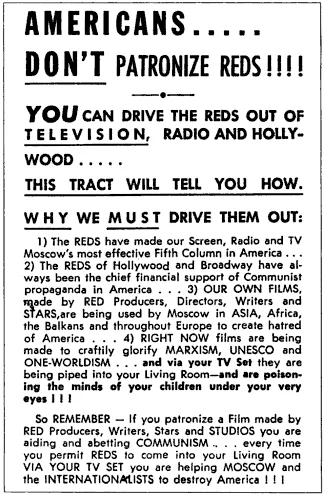
CBS television aired the groundbreaking “See It Now” episode examining Senator Joseph McCarthy, produced by Fred Friendly. This courageous broadcast challenged the senator’s anti-communist crusade at the height of his power.
The program marked a turning point in American journalism and politics. Edward R. Murrow’s careful documentation of McCarthy’s methods helped expose the senator’s tactics to the American public.
2000 – Nupedia Online Encyclopedia Launches
Nupedia, an ambitious multi-language online encyclopedia, launched with expert-written articles and rigorous editorial standards. This pioneering project preceded Wikipedia and demonstrated the potential of digital reference works.
The encyclopedia represented early attempts to harness internet technology for educational purposes. Although ultimately unsuccessful, Nupedia laid important groundwork for future collaborative online encyclopedias.
Religious and Social Events on March 9
1977 – Hanafi Siege in Washington D.C.
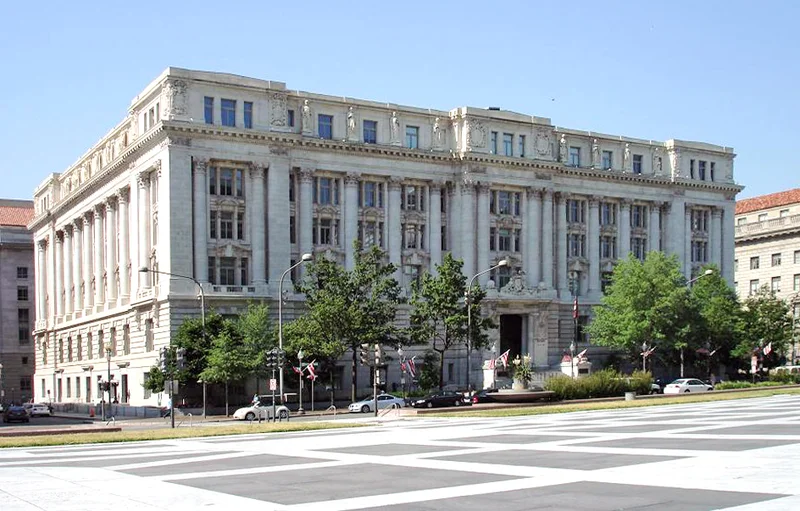
Armed Hanafi Muslims initiated a 39-hour standoff by seizing three buildings in Washington, D.C. The dramatic siege captured national attention and demonstrated religious extremism’s potential for violence.
The crisis tested law enforcement’s ability to handle religious-motivated terrorism. Negotiators worked carefully to resolve the situation without further bloodshed or escalation.
2012 – Salvadoran Gang Truce Takes Effect

A historic truce between the Salvadoran government and major gangs officially began when 30 gang leaders were transferred to lower security prisons. This unprecedented agreement aimed to reduce the country’s extreme violence levels.
The negotiated peace represented a controversial approach to gang violence. El Salvador’s government chose dialogue over confrontation in addressing one of the world’s highest murder rates.
2023 – Hamburg Shooting Tragedy
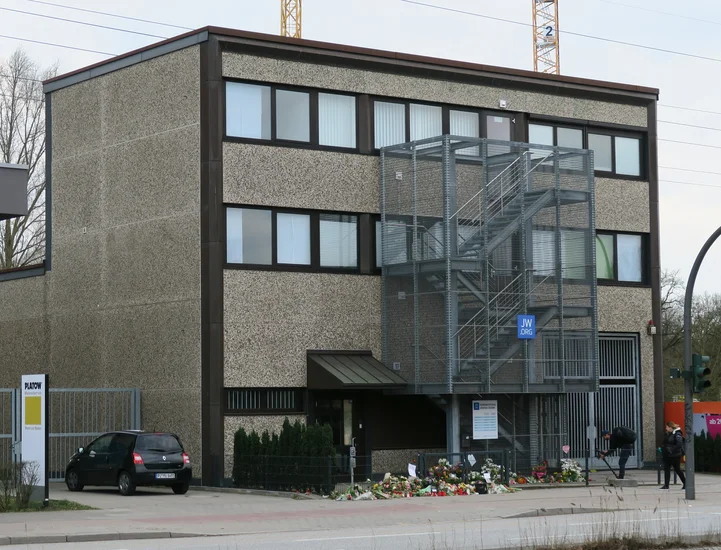
A devastating shooting in Hamburg’s Alsterdorf quarter killed eight people and injured eight others. The tragic incident shocked Germany and renewed debates about gun violence and security.
The attack demonstrated how violence could strike even in peaceful communities. German authorities responded with increased security measures and support for affected families.
Business and Economic Events on March 9
1987 – Chrysler Announces American Motors Acquisition
Chrysler Corporation announced its acquisition of American Motors Corporation, consolidating the American automotive industry. This strategic merger eliminated a smaller competitor while strengthening Chrysler’s market position.
The deal represented significant industry consolidation during economic challenges. Chrysler gained valuable assets including the Jeep brand, which would become highly profitable.
1978 – Indonesia’s First Toll Highway Opens
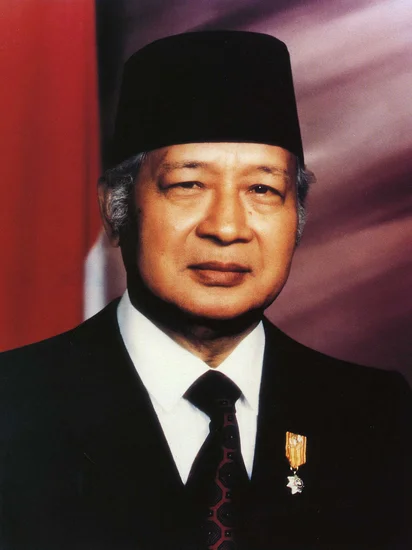
President Soeharto inaugurated the Jagorawi Toll Road, Indonesia’s first toll highway connecting Jakarta, Bogor, and Ciawi. This infrastructure project marked Indonesia’s entry into modern highway transportation.
The toll road demonstrated Indonesia’s economic development and modernization efforts. This transportation link would facilitate economic growth in the Jakarta region.
Transportation and Infrastructure on March 9
1967 – Trans World Airlines Flight 553 Crash

Trans World Airlines Flight 553 crashed in Concord Township, Ohio, following a mid-air collision with a Beechcraft Baron, killing 26 people. This tragic accident highlighted aviation safety concerns during commercial aviation’s expansion.
The collision demonstrated the challenges of managing increasingly crowded airspace. Aviation authorities implemented new safety protocols to prevent similar mid-air accidents.
1976 – Cavalese Cable Car Disaster
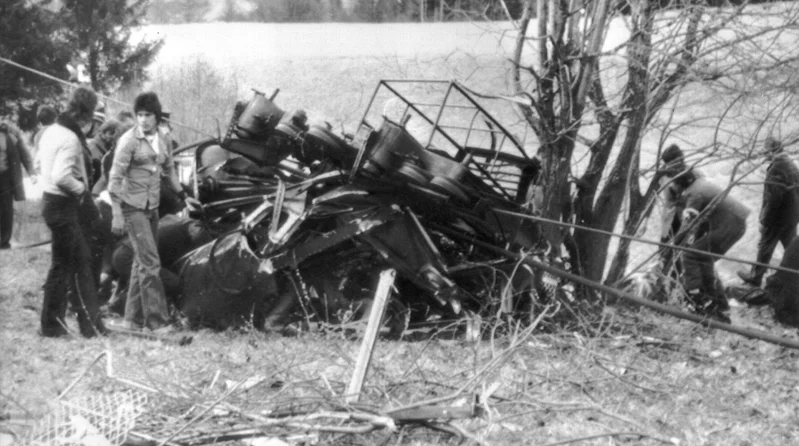
Forty-two people died in the Cavalese cable car disaster, the deadliest cable car accident in history. The tragedy occurred when the cable car system failed catastrophically in the Italian Alps.
The disaster prompted worldwide review of cable car safety standards. Engineering investigations revealed critical design flaws that led to comprehensive safety reforms.
2015 – Helicopter Collision in Argentina
Two Eurocopter AS350 Écureuil helicopters collided mid-air over Villa Castelli, Argentina, killing all 10 people aboard both aircraft. The victims included French athletes Florence Arthaud, Camille Muffat, and Alexis Vastine.
The accident occurred during filming for the French television show “Dropped.” The tragedy highlighted risks associated with helicopter operations in television production.
Sports and Recreation on March 9
1908 – Inter Milan Football Club Founded
Football Club Internazionale, known as Inter Milan, was founded following a schism from A.C. Milan. The new club emerged from internal disputes about foreign player policies.
Inter Milan would become one of Italy’s most successful football clubs. The team’s international outlook distinguished it from its cross-city rivals from the very beginning.
1946 – Bolton Wanderers Stadium Disaster
The Bolton Wanderers stadium disaster at Burnden Park killed 33 people and injured hundreds more during an FA Cup match. Overcrowding and poor crowd control led to the deadly crush.
This tragedy prompted significant improvements in stadium safety regulations. British football authorities implemented new crowd management procedures to prevent similar disasters.
1975 – Mars 7 Mission Fails

The Mars 7 spacecraft released its descent module prematurely, causing it to miss Mars entirely. This Soviet space mission represented another setback in the challenging quest to explore the Red Planet.
The mission failure highlighted the extreme difficulty of interplanetary exploration. Soviet engineers learned valuable lessons that would inform future Mars exploration attempts.
Notable Births on March 9
1934 – Yuri Gagarin, First Human in Space

Yuri Alexeyevich Gagarin was born in Klushino, Russia, destined to become humanity’s first space traveler. His peasant background embodied Soviet ideals of ordinary people achieving extraordinary feats.
Gagarin’s historic 1961 orbital flight would make him an international hero. His achievement marked the Soviet Union’s greatest triumph in the early space race.
1943 – Bobby Fischer, Chess Prodigy
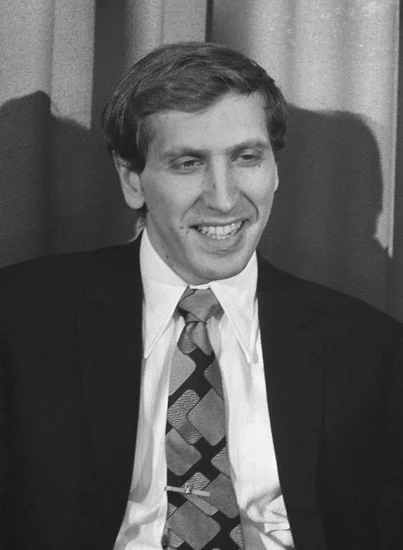
Robert James Fischer was born in Chicago, Illinois, becoming America’s greatest chess player. His exceptional talent emerged early, leading to unprecedented success in international competition.
Fischer’s 1972 World Championship victory over Boris Spassky captivated global audiences. His brilliant but troubled career transformed chess from an obscure game into mainstream entertainment.
1930 – Ornette Coleman, Jazz Revolutionary
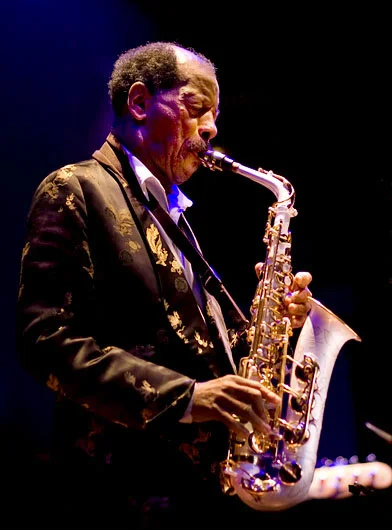
Ornette Coleman was born in Fort Worth, Texas, revolutionizing jazz music with his innovative approach to improvisation. His free jazz movement challenged traditional harmonic structures.
Coleman’s experimental style initially faced resistance from critics and musicians. His persistent innovation eventually earned recognition as one of jazz’s most important pioneers.
1940 – Raul Julia, Distinguished Actor
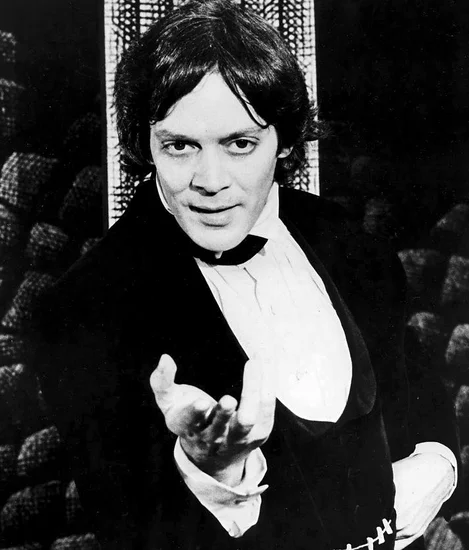
Raul Rafael Carlos Julia was born in San Juan, Puerto Rico, becoming one of America’s most respected stage and screen actors. His classical training and passionate performances distinguished his career.
Julia’s versatility ranged from Shakespeare to popular films like “The Addams Family.” His commitment to representing Latino culture in American entertainment opened doors for future generations.
1942 – John Cale, Musical Innovator

John Davies Cale was born in Garnant, Wales, becoming a pioneering figure in experimental rock music. His classical training and avant-garde sensibilities shaped the Velvet Underground’s revolutionary sound.
Cale’s production work influenced countless artists across multiple genres. His innovative use of electronics and unconventional instruments expanded rock music’s possibilities.
1984 – Juliette Binoche, International Film Star

Juliette Binoche was born in Paris, France, becoming one of cinema’s most celebrated actresses. Her nuanced performances earned critical acclaim across international film industries.
Binoche’s Academy Award-winning career spans art house and mainstream cinema. Her ability to convey complex emotions made her a favorite of renowned directors worldwide.
Notable Deaths on March 9
1997 – The Notorious B.I.G., Hip-Hop Legend

Christopher George Latore Wallace, known as The Notorious B.I.G., was murdered in Los Angeles at age 24. His death marked a tragic end to one of hip-hop’s most promising careers.
The unsolved murder occurred during the height of East Coast-West Coast hip-hop rivalry. His influential debut album “Ready to Die” had established him as rap’s premier storyteller.
1996 – George Burns, Comedy Legend

George Burns died at age 100, ending a century-long career in American entertainment. His dry wit and perfect timing made him beloved across multiple generations of audiences.
Burns successfully transitioned from vaudeville to radio, television, and film. His partnership with wife Gracie Allen created one of comedy’s most enduring acts.
1992 – Menachem Begin, Israeli Prime Minister
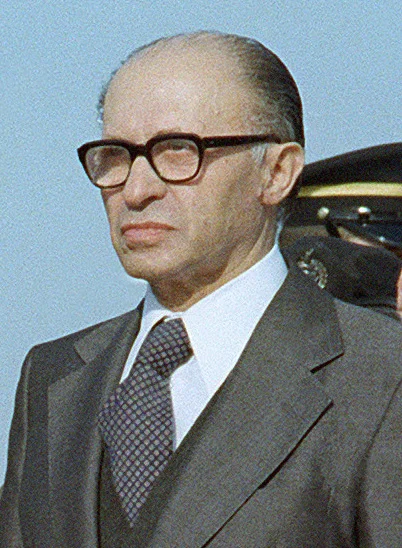
Menachem Begin died in Tel Aviv, ending the life of a controversial but transformative Israeli leader. His journey from underground fighter to Nobel Peace Prize winner embodied Israel’s complex history.
Begin’s Camp David Accords with Egypt’s Anwar Sadat achieved historic peace between former enemies. His commitment to Jewish settlement expansion remained controversial throughout his career.
1994 – Charles Bukowski, Counterculture Writer
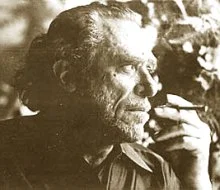
Charles Bukowski died in San Pedro, California, leaving behind a legendary body of gritty, autobiographical literature. His unflinching portrayals of urban alienation influenced countless writers.
Bukowski’s raw honesty about alcoholism, poverty, and relationships resonated with readers worldwide. His post office experiences inspired some of American literature’s most memorable characters.
2021 – James Levine, Metropolitan Opera Conductor

James Levine died at age 77, concluding a distinguished but troubled career leading the Metropolitan Opera. His musical genius shaped opera performance for nearly five decades.
Levine’s tenure at the Met established him as one of classical music’s most influential conductors. Personal scandals later overshadowed his remarkable artistic achievements.
Holidays and Observances on March 9
Christian Feast Days and Saints
March 9 commemorates several important Christian saints including Catherine of Bologna, the Forty Martyrs of Sebaste, and Frances of Rome. These diverse saints represent different aspects of Christian devotion and sacrifice.
The Forty Martyrs of Sebaste particularly symbolize Christian perseverance under persecution. Their feast day reminds believers of faith’s ultimate triumph over worldly power.
Teachers’ Day in Lebanon
Lebanon celebrates Teachers’ Day (Eid Al Moalim) on March 9, honoring educators’ vital contributions to society. This national observance recognizes teachers’ role in shaping future generations.
The celebration includes special ceremonies and recognition events across Lebanese schools. Educational institutions use this day to highlight teaching profession’s importance and challenges.
Eastern Orthodox Liturgical Calendar
The Eastern Orthodox Church observes March 9 with specific liturgical readings and commemorations. These observances connect modern believers with ancient Christian traditions and martyrs.
Orthodox communities worldwide participate in special services marking this date. The liturgical calendar provides spiritual structure and historical continuity for Orthodox Christians.
